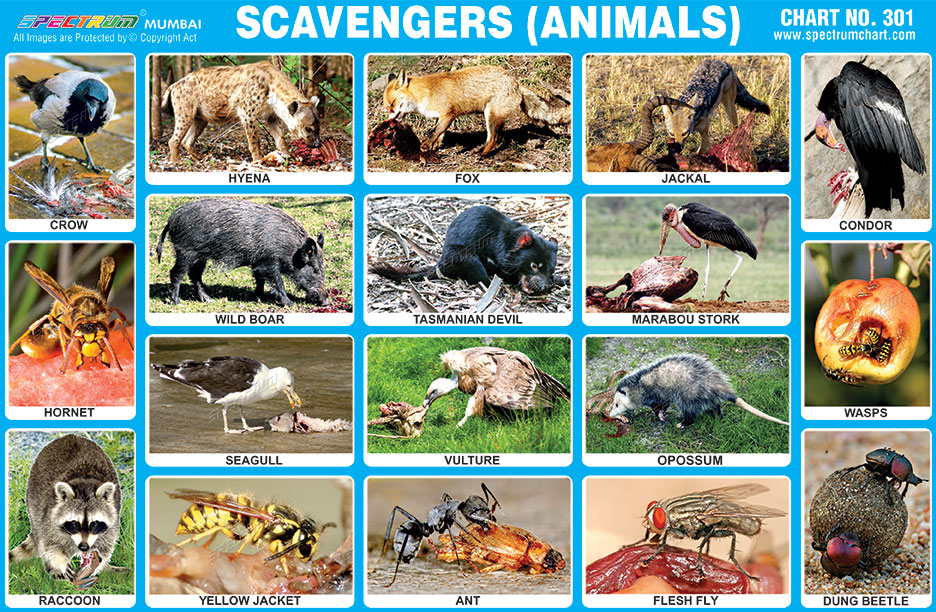



Scavenger is also a substance added to a mixture to remove or inactivate impurities. A scavenger is a person who searches for and collects discarded items too, so it may even be used for a rag-picker or a trash- picker. There are a number of scavengers of different classes, but today we are going to talk about the class of birds that scavenge scavenger birds. Scavenger As A PersonĪpart from the scavengers as carrions feeding on putrefying corpse like Hyenas, etc, it is a term often used for its alternate meaning. However, while some animals are true scavengers and feed exclusively on animal carcasses, others are both scavengers and hunters. It works to create an active barrier against oxygen. They are also called saprophytes feeding on carcasses. ColorMatrix Capture Oxygen Scavenger is an emerging technology for the monolayer PET packaging market. These scavengers are considered bad omen and are very ugly to look at. Dead animals are a health hazard to living animals. the nest.Ĭoprovores: Animals which consume feces, such as dung beetles are known as Coprovores.ĭetritivores: Animals that collect small particles of a dead animal or a plant are known as detritivores. Scavengers, including coyotes, crows and ravens, vultures and many other species of animal, play a major role in maintaining a healthy habitat. Scavengers of dead plant material include termites that build nests in grasslands and then collect dead plant material for consumption within their accommodation i.e. Elementary and middle school teachers play this sorting game with their. Among vertebrates there are species such as the vultures that exist solely on carrion. The burying beetles actually enter the dead bodies of small animals before feeding on them underground. Many invertebrates, such as carrion beetles, live almost entirely on decomposing animal matter. For instance, vertebrate animals can cause postmortem. scavenger, also called carrion-feeder, animal that feeds partly or wholly on the bodies of dead animals. period documented which scavengers affected the deceased human bodies. Players learn about, then identify scavengers in a multiple choice activity. Animal scavenging by vertebrates can significantly alter human bodies and their deposition site. It is a common myth that these scavengers are only carnivorous. This study investigates the impacts of animal scavenging on decomposition rates. The bald eagle is a large bird of prey found in North America. Ants are amongst the most common types of scavengers, often found in large colonies. Some of the popular examples of decomposers are vultures, crows, hyenas, etc. Examples of Animals that Are Scavengers 1. They feed on the dead bodies and thus those who are dependent on decaying smelly matter. In the room where the victim was found, there was also a bowl with sufficient dog food and while being transported to an animal sanctuary in a police van the dog vomited about 400 g of dog food as well as human tissue.Scavengers are also known as decomposers. Hunger, frequently discussed as a reason for postmortem animal mutilating injuries, could not have been responsible for the injuries in this case. In this paper we deal with the case of a 31-year-old man, who committed suicide by shooting himself in the mouth and whose face exhibited extensive postmortem animal bite marks caused by the victim's Alsatian, which must have occurred during the 45 minute period between the fatal shot and the discovery of the body. The time of the onset of postmortem scavenging by animals can often not be exactly determined because the interval between the time of death and discovery of the body is usually considerable. In most cases however, the death was due to natural causes. This study aimed to identify scavenging animals in the rural. During an initial investigation, postmortem scavenging by pets (dogs, cats, etc.), which sometimes occurs, may sometimes lead to the suspicion that a crime has been committed. Scavenging animals often scatter skeletal remains of forensic interest and leave bite marks.


 0 kommentar(er)
0 kommentar(er)
